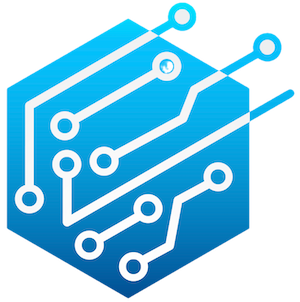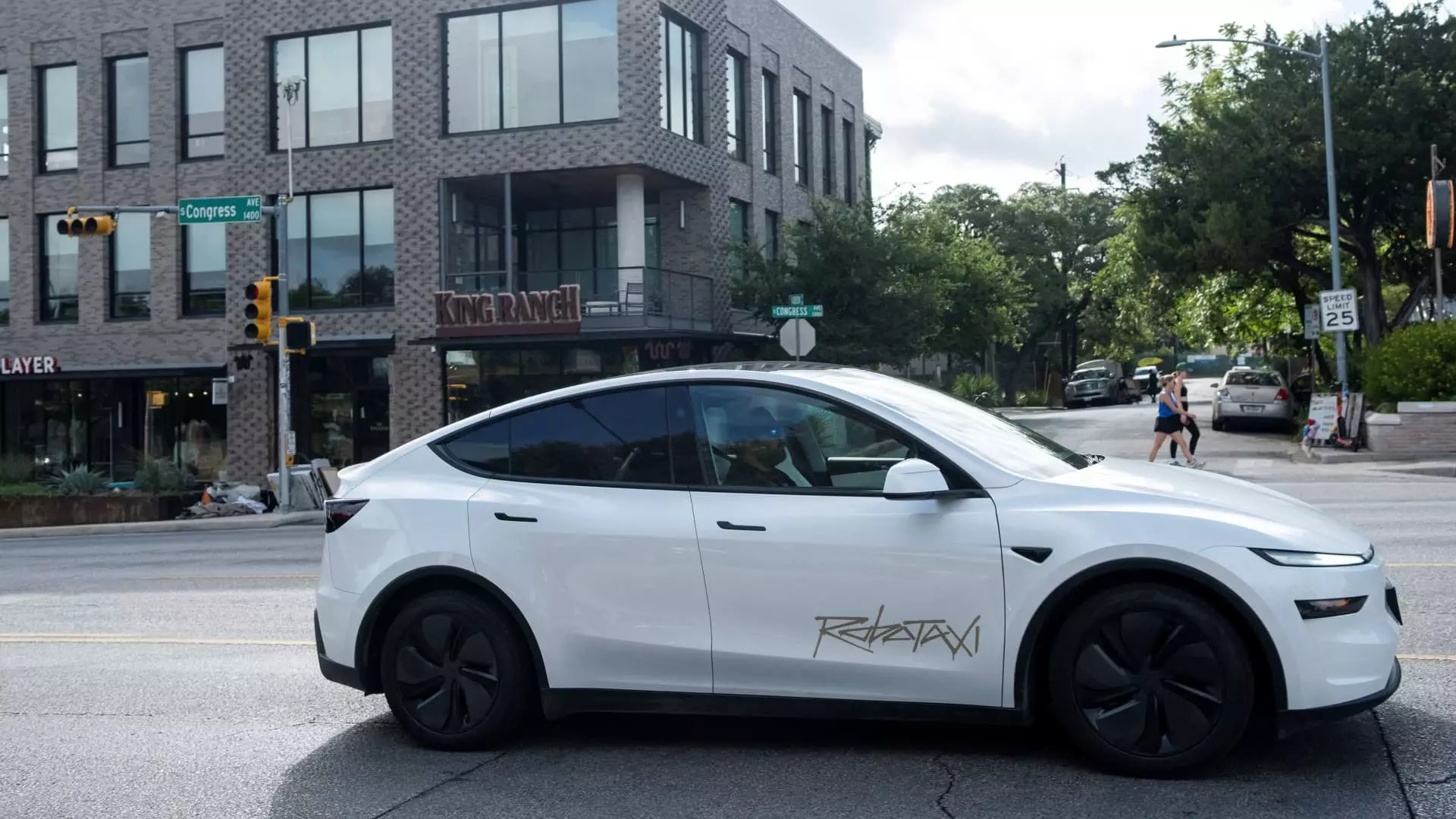The recent unveiling of Tesla’s autonomous robotaxi service in Austin, Texas, has sent ripples of enthusiasm through the tech community, but it also raises critical alarm bells about road safety and the accuracy of promises made by the electric vehicle (EV) giant. Following the launch, videos surfaced on social media depicting alarming and chaotic behavior from these robotaxis. From navigating against traffic to abruptly braking in heavy traffic while reacting to stationary obstacles, these incidents have prompted the National Highway Traffic Safety Administration (NHTSA) to step in and investigate. This scrutiny comes on the heels of an ongoing inquiry into the broader implications and safety defect concerns related to Tesla’s Full Self-Driving (FSD) technology.
Elon Musk’s ambitious vision for autonomous driving has been long heralded by the company as the future of transportation. However, as the NHTSA actively seeks clarity from Tesla regarding these incidents, one has to wonder: what are the real ramifications of this newly rolled-out technology? The immediate worry regarding the robotaxis’ erratic behavior signals not just a technical failure but also a deeper ethical consideration—how far should a company go in testing potentially dangerous technologies in public environments?
Overpromising: Tesla’s History of Unmet Expectations
Musk has consistently touted an imminent breakthrough in autonomous vehicle technology, issuing striking proclamations that Tesla cars would become fully self-sufficient in navigating roads. Yet year after year, the gap between the promise and actual delivery widens. In 2015, he assured investors that we would see full autonomy within three years—a timeline that has since slipped without fulfillment. Fast forward to 2019, and the ambition to have one million robotaxi-ready vehicles actively generating income for their owners did not materialize, despite enthusiastic backing from Tesla advocates.
This ongoing divergence between the vision Musk projects and the practical realities leaves one questioning the ethics behind the company’s method of engaging with the public. Tesla’s strategy to market its FSD technology appears to be firmly rooted in a culture of hype over accountability, which could ultimately jeopardize consumer trust. If these autonomous features are as safe and reliable as Tesla claims, why do they still present such clear risks on the road?
Competition’s Rise: A Lesson in Caution
While Tesla struggles to stabilize its robotaxi operations, competitors such as Waymo have firmly established themselves in the autonomous driving race. Waymo recently celebrated exceeding 10 million paid rides, showcasing a successful and cautious approach to deploying autonomous technologies. Likewise, Chinese enterprises like Baidu and Pony.ai have already launched viable commercial robotaxi services, painting a stark contrast to Tesla’s high-octane promises that so often fall flat.
What does this mean for Tesla? The relentless pursuit of autonomy without firm grounding in actual results may very well lead to diminished confidence among consumers and investors. It raises the question of whether Tesla’s obsession with being first to market is inadvertently eroding its credibility. Potential customers might soon look elsewhere for reliable and responsible robotaxi services, empowered by competitors who prioritize safety and performance over immediate gains.
A Human Element in Innovation: Setting Boundaries
Above all, the deployment of autonomous technologies necessitates a delicate balance between innovation and human oversight. Tesla’s current robotaxi pilot program, while bolstered by a human safety supervisor in the passenger seat, still demands a cautious approach as the company ventures into limited deployments without sufficient track records to assure the public.
As autonomous vehicle technology progresses, leaders in this space must engage responsibly with both the technology and their audiences. An earnest commitment to safety should be at the forefront, requiring companies to acknowledge their limitations while still pushing the boundaries of what is possible. Strong regulatory oversight, alongside transparent communication of risks and functionalities, will play an essential role in building trust in this new frontier of transportation.
Tesla’s latest venture into autonomous driving signifies a critical tipping point in the quest for innovation, where the repercussions of overambition must not be overlooked. The road ahead will no doubt be paved with challenges, but it is crucial that safety and accountability remain paramount as humanity transitions into a new era of transportation.


Leave a Reply